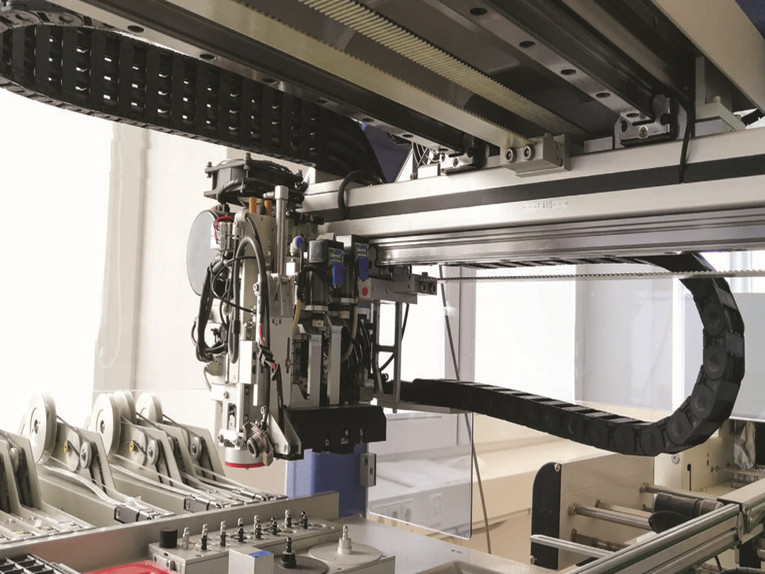
Linear actuators provide important functions to a range of medical devices such as medical beds, operating tables, and dental chairs. A linear actuator is a mechanical device that converts energy to create straight-line motion to either lift, tilt, or move mechanical legs in and out, depending on the application. The basic components of linear actuators consist of a motor, set of gears, and a screw.
Linear actuators are driven by either ball screws or acme screws. However, ball screw-driven actuators are often not chosen for medical applications because of their need for brakes. Instead, most medical-equipment designers prefer acme screws for their ability to carry large loads at low speeds without requiring the installation of brakes. Linear actuators can be operated by either a footswitch or handheld pendant, depending on the application.
Unlike other industries, designers of medical equipment using linear actuators must pay special attention to the human factor of the equipment. For example, linear actuators operate at a low voltage, typically between 12 and 36V. Linear actuators operate at low speeds to ensure a patient is not jostled or at risk of falling. Actuators are also designed to perform at lower sound volumes, usually less than 28 decibels, so the noise does not disturb the patient.
Because of these applications, accuracy is not a major concern. Their equipment’s primary function is to safely move patients so a doctor can easily observe them.
Consider these several steps when selecting a linear actuator for medical equipment:
Load
First, find the required load capacity. This depends on the size of the apparatus. Load capacity for a single actuator can be anywhere from 100 to 9,000 Newtons. Medical beds for example, are intended to assist in the lifting of patients that may be too heavy for one nurse, so the designer must consider the amount of weight that will be resting on the machine.
Speed
Next, choose an actuation speed, which is given in either inches-per-second or inches-per-minute. While actuators come in a wide range of speeds, medical designers might choose a lower speed that will not require a braking system.
Voltage
After determining the speed, choose an operating voltage. Low voltage devices may be preferable because higher voltages put patients at risk for electrical shock.
Dimensions
Finally, calculate the necessary dimensional space in which the machine will fit so the actuator fits and operates smoothly.
Beyond their versatility, linear actuators hold a number of other benefits. For example, depending on the version, engineers often report that linear actuators are durable, self-contained, cost-effective, and reusable.
Post time: Nov-15-2021







